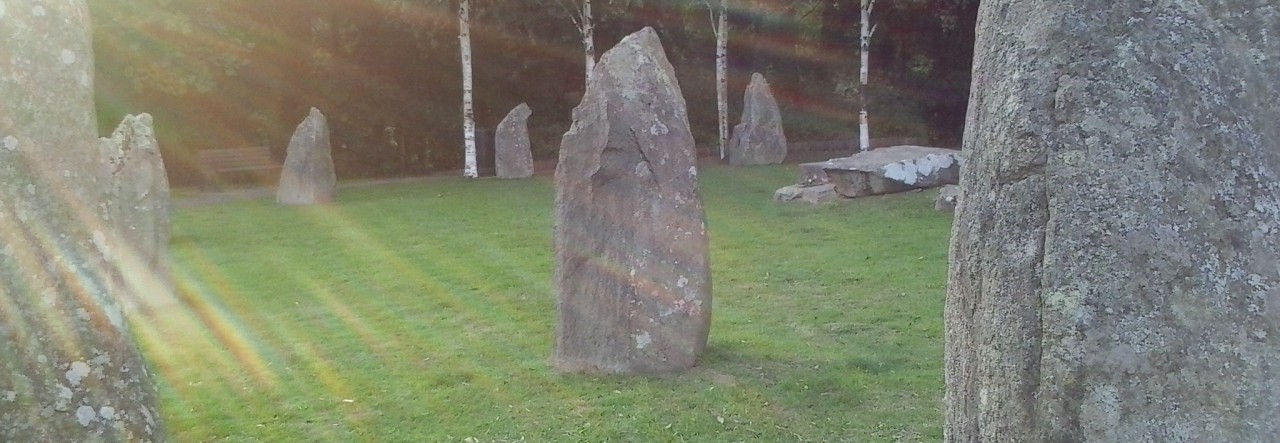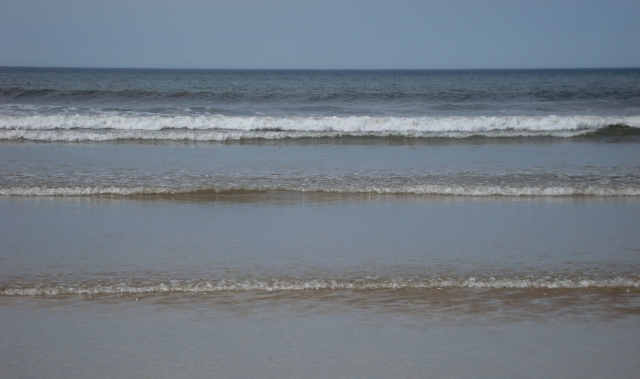
The Last Days of New Paris:
A Novella by China Miéville.
Picador, 2017 (2016).
‘In the post-blast miasma, all Parisians grew invisible organs that flex in the presence of the marvelous. Thibaut’s are strong.’ — Chapter One.
Manifs. Fall Rot. Exquisite corpses. S-blast. Miéville’s alternative history requires the rapid assimilation of new vocabulary by readers who happen to find themselves in an urban landscape, one however that makes little or no sense despite a litany of familiar Parisian streets and landmarks.
And who are these characters from 1950 who negotiate the mean streets of Paris where Nazis, demons, partisans and surrealist manifestations play cat and mouse? Who is Thibaut, whose name recalls Tybalt the Prince of Cats from medieval beast fables and who, not unnaturally, seems to have nine lives? Who is Sam, a photographer whose gender neutral name suggests she may not be what she either seems or claims to be?
And who is Jack Parsons, en route to Prague but holed up in Marseille in 1941, having fallen in with a diverse group of Surrealist “artists and radicals, writers, the philosophers that bleeding-heart Americans wanted to smuggle out of France”? These are questions that eventually find their answers but not before we too find ourselves growing invisible organs that flex at the marvels that litter the pages of this novella.
Continue reading “Invisible organs that flex”













